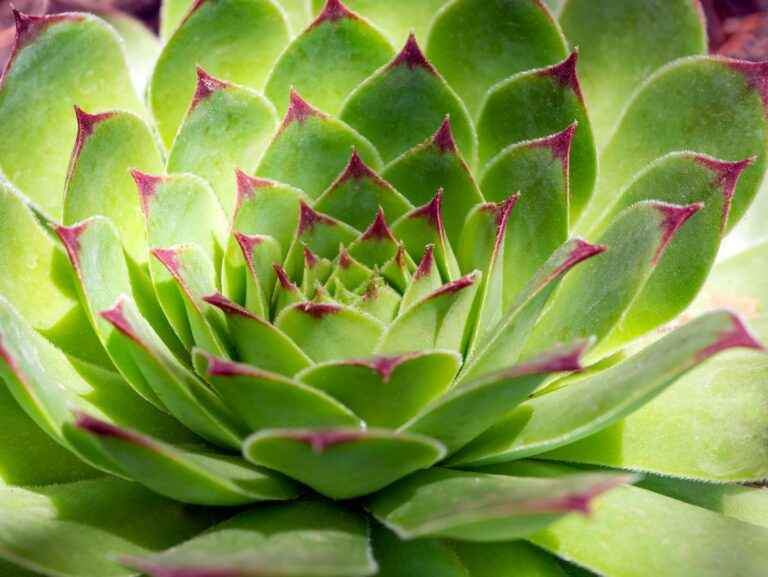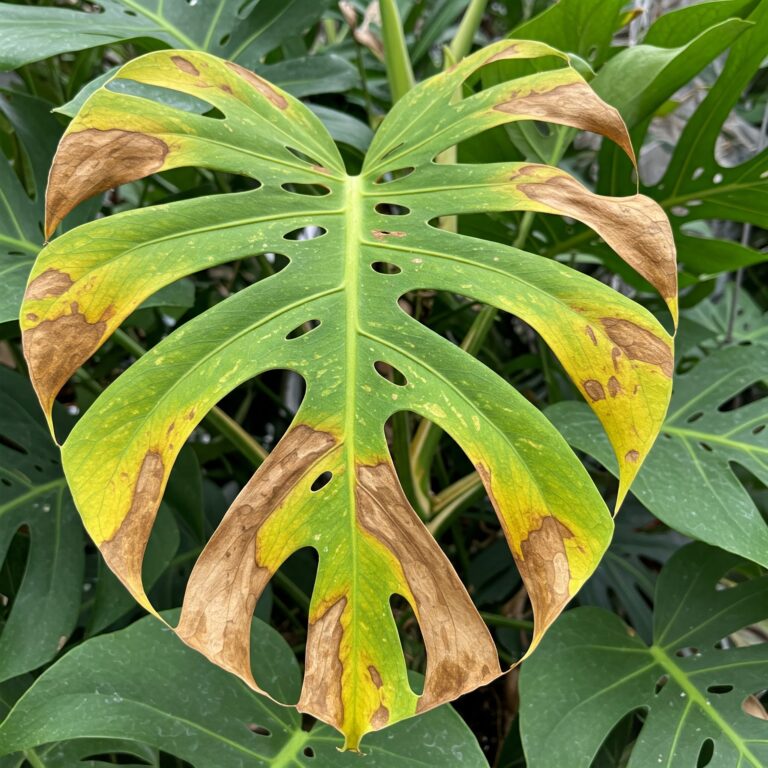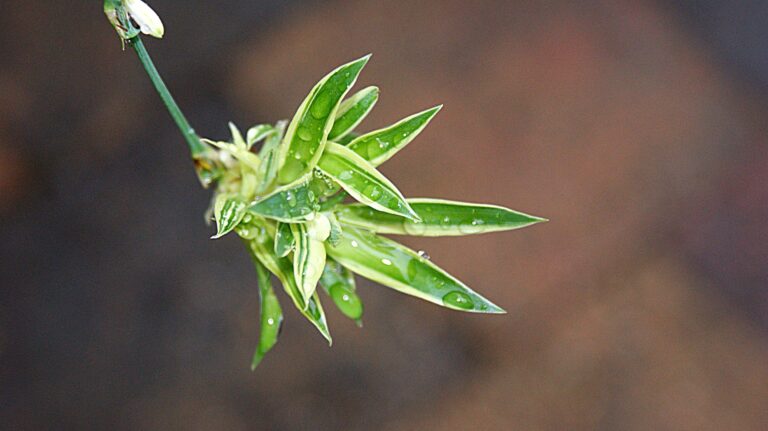Are you growing watermelon vines and want them to produce more fruits? That’s easier said than done when it comes to farming. To produce more fruits, you must care for the plant properly, but most of all, you must prune watermelon vines.
Watermelon vines are known to produce an abundance of fruits during the growing season. However, if the vines are not properly pruned, they can become tangled and overgrown, leading to poor fruit quality and reduced yields.
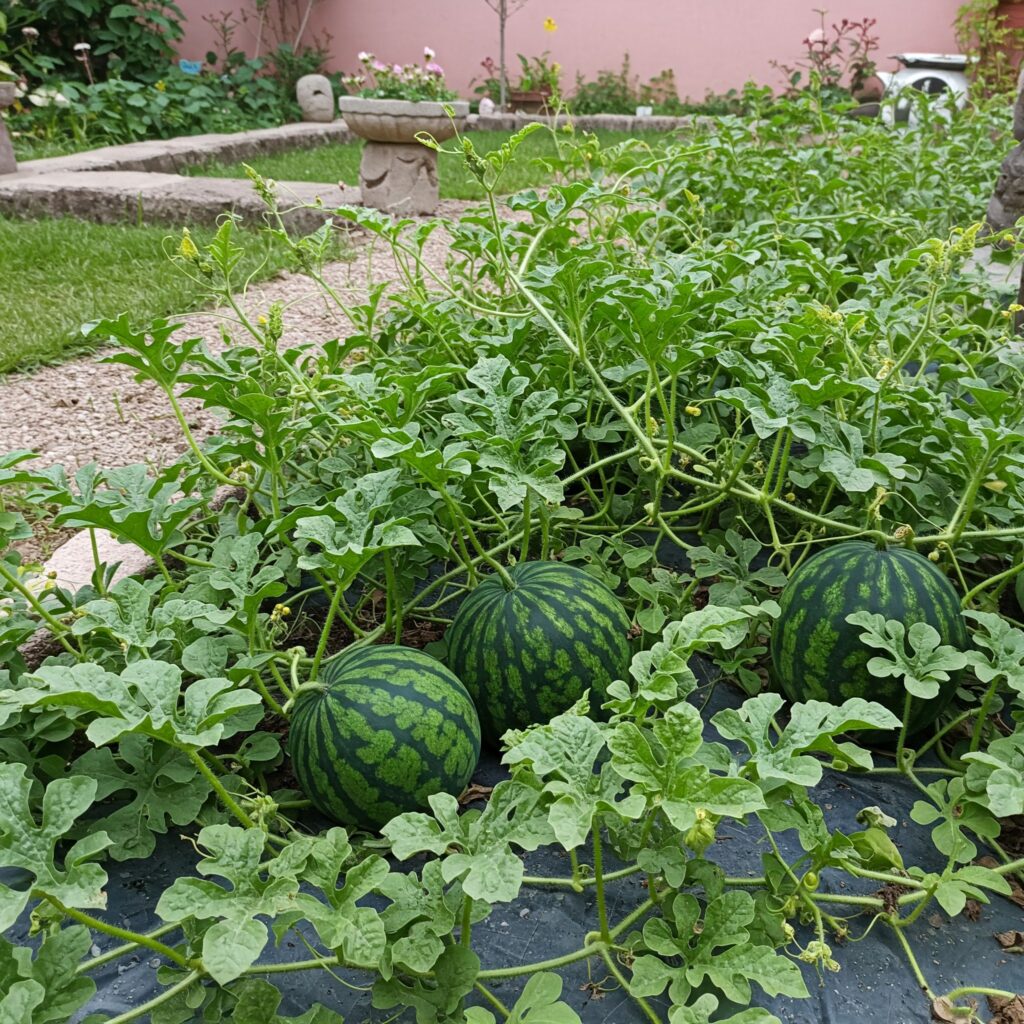
Pruning watermelon vines is a crucial task that helps to promote healthy growth, increase fruit size and quality, and control disease spread.
This article will discuss the importance of pruning watermelon vines, the best time to prune them, and the techniques you can use to prune your watermelon plants effectively. Whether you are a seasoned gardener or a beginner, learning how to prune your watermelon vines will help you achieve a bountiful harvest of juicy, sweet watermelons.
Best soil for beginner gardeners
What is the importance of pruning watermelon vines?
Most people don’t think that you should prune watermelon plants. I can’t understand their reasoning as well. But, as a farmer, you should know every plant requires pruning periodically to promote new growth.
So, why should you prune watermelon vines? Here are some of the main reasons why pruning is essential for watermelon plants:
- Increased fruit size and quality: Pruning helps direct the plant’s energy toward developing larger and better-quality fruits. When you remove the excess foliage, the plant focuses its energy on producing fewer but higher-quality fruits.
- Control of plant size and spread: Watermelon vines can quickly become sprawling and take up too much space in the garden. Pruning helps to keep the plant size in check and prevents the vines from overtaking other plants or areas of the garden.
- Disease prevention: Overcrowded and tangled vines are more susceptible to disease because they provide a humid and dark environment that favors the growth of fungal and bacterial pathogens. Pruning allows for better air circulation and sunlight penetration, which helps to reduce the risk of disease.
- Easier harvest: Pruning watermelon vines can make it easier to spot and harvest ripe fruits. With fewer leaves and tendrils in the way, you can quickly and easily identify and pick the watermelons.

When should you prune watermelon plants?
Sometimes the time you prune a plant can determine success or failure. For instance, if you prune at the correct time, you will allow the plant to produce new growth when required; however, if you prune at the wrong time, you will likely remove the required foliage for growth. Removing foliage necessary for growth will cause plant stress, and it can kill the plant.
So, it’s best that you know the best time to prune watermelon plants. First, you should know that the best time is early morning or late afternoon when the weather is cooler. Avoid pruning during the hottest part of the day to prevent plant stress.
Other than that, you can use these guidelines to help you determine the appropriate time to prune watermelon vines.
Early pruning
When the watermelon seedlings have grown two to three true leaves, it is time to prune off the weaker seedlings and leave only the healthiest ones to grow. This will give the remaining plants more space and resources to grow stronger and produce better fruit.
Secondary pruning
After the watermelon plants have developed several vines and leaves, it’s time to perform a secondary pruning. This is usually done when the vines have grown about 4-6 feet long, and you should remove any suckers, which are small, thin stems that grow between the main stem and a leaf.
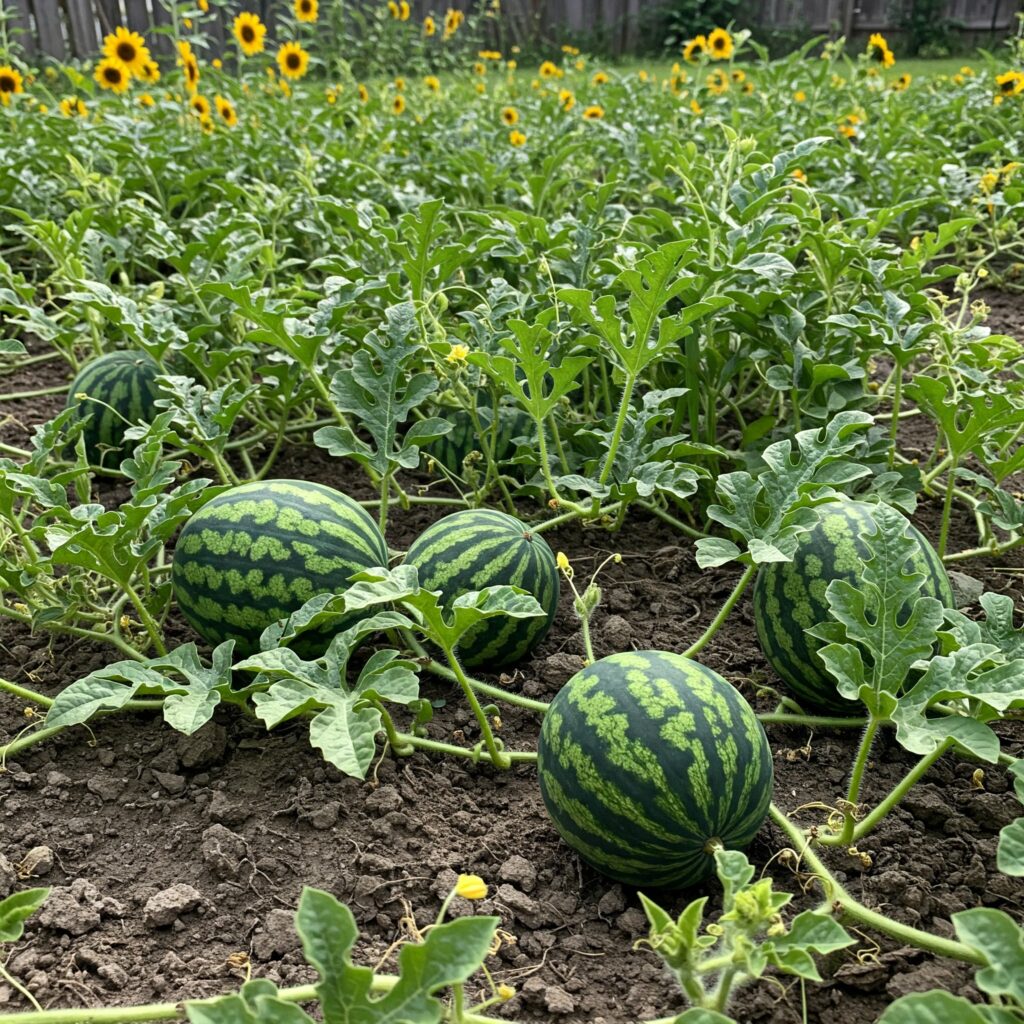
Late pruning
Near the end of the growing season, you can perform a final pruning to remove any leaves or tendrils blocking sunlight from reaching the ripening watermelons.
The best method to prune watermelon vines.
You can use a few different methods to prune watermelon vines, depending on the growth stage of the plant and your desired outcome. Here are some of the most common methods:
Hand-pruning
This involves using your hands or a clean pair of scissors to snip off unwanted leaves, tendrils, and suckers. This method is best for early and secondary pruning when the vines are still small and easy to manage.
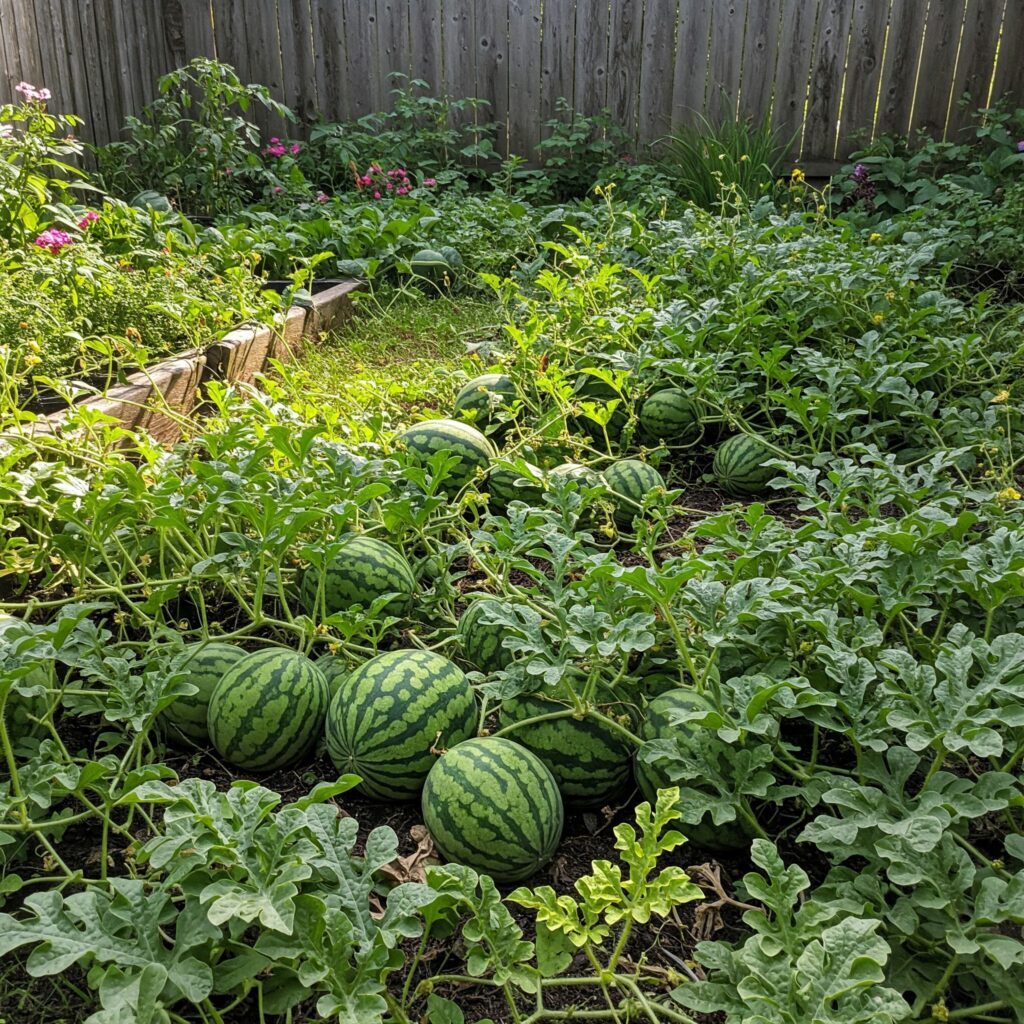
Pinching
This method involves using your fingers to pinch off the tips of the vines. Pinching encourages the plant to produce more lateral vines, which can help to increase fruit production. This method is best used early in the growing season before the vines have become too long.
Trellising
Trellising involves training the vines to grow up a trellis or support structure. By tying the vines to the trellis as they grow, you can help to keep them organized and prevent tangling. This method is best for controlling plant size and spread.
Strip pruning
This method involves removing all the leaves and tendrils from the watermelon plant except for the first few leaves near the fruit. This technique is used to increase the size and quality of the remaining fruit and is best used in late pruning.
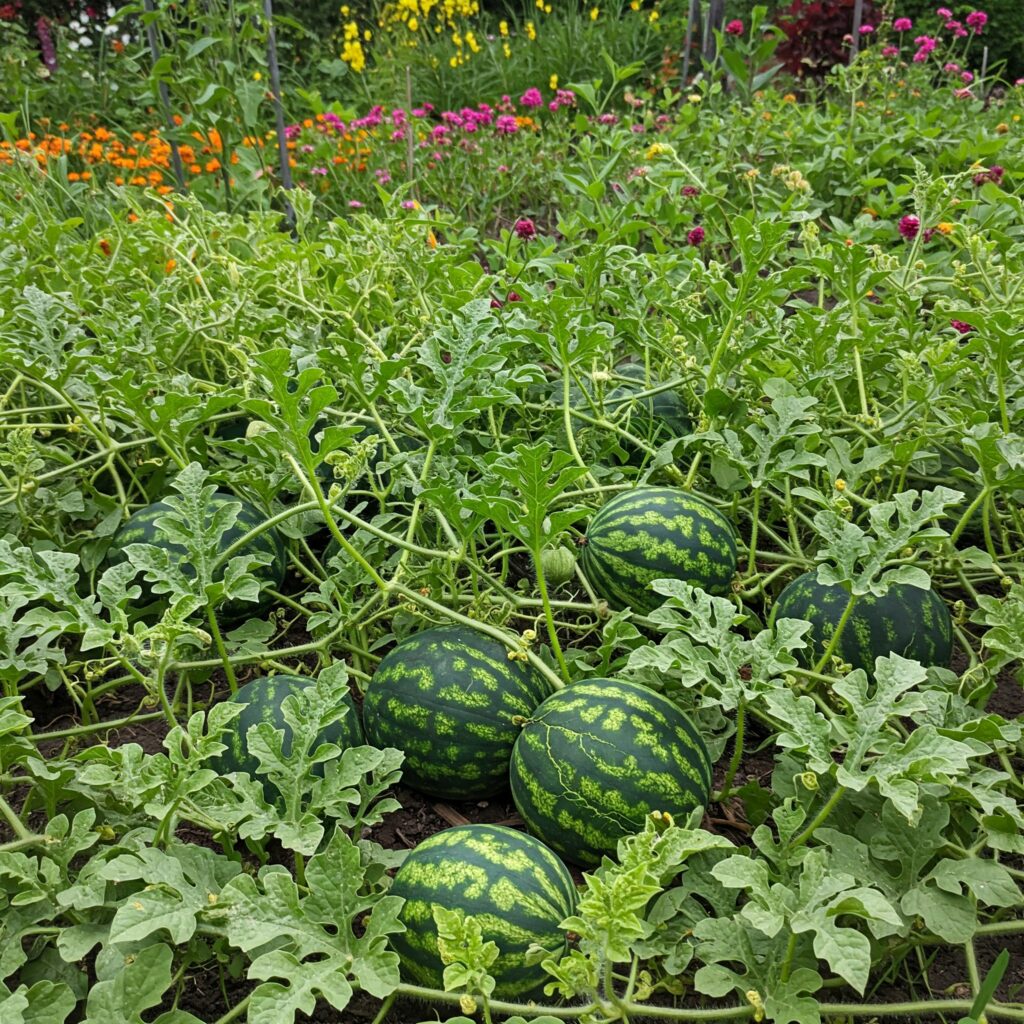
When you are pruning, ensure that you make clean cuts and don’t remove excess foliage at once. Start by removing damaged or diseased leaves and gradually thinning out the vines as needed.
How to prune watermelon vines.
Here is a step-by-step process that you can use to prune your plant for healthy growth.
- Wait until the watermelon plants have grown two to three true leaves. At this point, remove any weaker seedlings and leave only the healthiest ones to grow.
- Once the plants have developed several vines and leaves, identify the suckers that are growing between the main stem and a leaf. Use a clean, sharp pair of scissors or pruning shears to snip off any suckers that are growing below the first set of leaves on the main stem.
- Remove any leaves that are blocking sunlight from reaching the developing watermelons. Be sure to leave the leaves near the base of the plant, as they are necessary for photosynthesis and maintaining plant health.
- When the vines have grown about 4-6 feet long, use your fingers to pinch off the tips of the vines. This will encourage the plant to produce more lateral vines, which can help to increase fruit production.
- Consider trellising or training the vines to grow up a support structure. This will help keep the vines organized, prevent tangling, and control the plant’s spread.
- Near the end of the growing season, strip pruning can increase the remaining fruit’s size and quality. This involves removing all the leaves and tendrils from the watermelon plant except for the first few leaves near the fruit.
When pruning, ensure you clean all the pruning tools before and after using them. Clean tools prevent the spread of diseases from one plant to another. Also, ensure that the tools are sharp to get a clean cut. Blunt tools can make a bad cut which promotes the growth of diseases.


